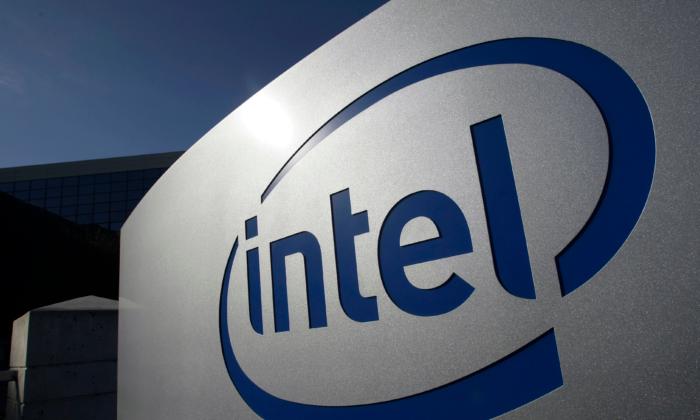Things haven’t improve for Intel in the first quarter of the year, with revenues remaining flat, and losses continuing under the new CEO, who sees no quick fixes to the tech giant’s problems as it tries to return to its roots.
For the second quarter, the company expects revenue of $11.2 billion to $12.4 billion and earnings per share of 32 cents.
Meanwhile, management announced an initiative to improve execution and operational efficiency, expecting 2025 operating expenses of $17 billion and 2026 operating expenses of $16 billion.
“The first quarter was a step in the right direction, but there are no quick fixes as we work to get back on a path to gaining market share and driving sustainable growth,” said Intel CEO Lip-Bu Tan, who took over the helm of the company on March 12.
“I am taking swift actions to drive better execution and operational efficiency while empowering our engineers to create great products. We are going back to basics by listening to our customers and making the changes needed to build the new Intel.”
Intel’s chief financial officer, David Zinsner, struck a more positive tone, blaming the macroeconomic environment for the company’s lackluster outlook for the second quarter.
“The current macro environment is creating elevated uncertainty across the industry, which is reflected in our outlook. We are taking a disciplined and prudent approach to support continued investment in our core products and foundry businesses while maximizing operational cost savings and capital efficiency,” he said.
One of the changes the new CEO is implementing is streamlining the organization, eliminating management layers, and enabling faster decision-making.
“We need to radically simplify this to maximize the time spent focusing on our customers.”
That will allow Intel to cut costs and focus on what it once did best: empowering engineering talent to create great products, driving greater accountability across the company, and easing customer interaction.
For instance, the company integrated the Network and Edge Group (NEX) into Client Computing Group (CCG) and Data Center and AI Group (DCAI) in the first quarter. It modified Intel’s segment reporting to align with this and other business reorganizations, and to improve the operating decision-making process.
“We need to get back to our roots and empower our engineers,” Lip-Bu said. “Many of the changes we will be driving are designed to make engineers more productive by removing burdensome workflows and processes that slow down the pace of innovation.”
At January’s Consumer Electronics Show, the company launched a range of Intel Core Ultra 200 series processors for laptops and desktops, including models with Intel vPro for business use.
In February, Intel launched new Xeon 6 processors with Performance-cores for data centers, as well as versions for network and edge use. This was followed by the release of the latest MLPerf Inference v5.0 benchmarks by MLCommons.
While these initiatives may be in the right direction, Intel’s new CEO has a long way to go before the company addresses a host of old problems, such as technology missteps, falling market share, and lackluster performance on Wall Street, and returns to its glory days.
That was in the 1980s and 1990s, when the semiconductor pioneer was in the right business at the right time, making the chips that powered personal computers in partnership with Microsoft. The combination was often called “Wintel”—short for Windows and Intel.
The personal computer industry is still around, but it hasn’t grown as much as it did in its early days. As a result, Intel had to reinvent itself and leverage its core capabilities to expand into growing industries such as the cloud, 5G networks, AI, and intelligent and autonomous edge products. However, it didn’t move fast enough to maintain its old momentum, going through one CEO after another—including Pat Gelsinger, an Intel alumnus who was appointed in January 2021 and was succeeded by Lip-Bu last month.
Lip-Bu thinks it can happen. “Intel was once widely seen as the world’s most innovative company,” he said in the letter. “There’s no reason we can’t get back there, so long as we drive the changes needed to improve.
“It’s going to be hard. It will require painful decisions. But we will make them knowing it’s what we must do to serve our customers better as we build a new Intel for the future—and I have great confidence in the power of our team and our people to make it happen.”
Intel’s shares rose 4.37 percent to close at $21.49 on April 24.







